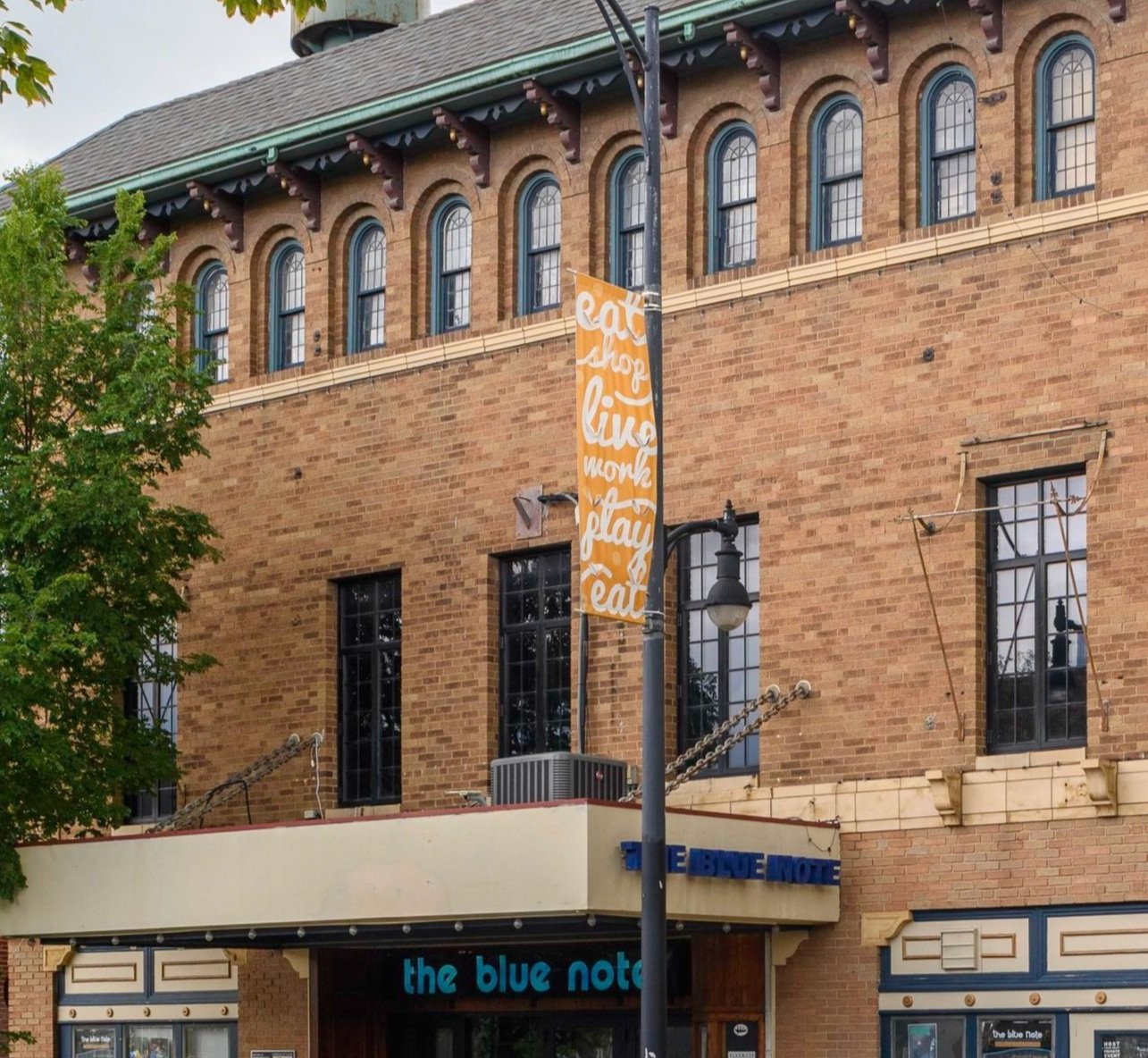
Historic preservation helps build a stronger economy because it:
Creates jobs
Reduces the cost of building materials and demolition
Increases heritage tourism
Is an incubator for new and small businesses
Improves property values
Provides a number of tax benefits
While some claim that historic preservation is too costly, the truth is quite the opposite! Historic preservation generates income and savings. The cost of demolishing an existing building and constructing a new building is about 50% labor and 50% materials, while the cost of restoring an older building is about 60% labor and 40% materials.
This means more jobs! The jobs created are generally well-paid. This money is then circulated back into the local economy rather than going to some distant construction firm. The reuse of materials saves money. Frequently these materials are of very high quality and would be prohibitively expensive in new construction. A study done by Rutgers University reports that a million dollars invested in restoration will generate 38 new jobs—compared to new construction which generates 36 new jobs, or to highway construction which only generates 34 new jobs.
Historic preservation projects also create a cascade of economic benefits through “heritage tourism.” People enjoy visiting historic sites. These visitors will certainly also patronize restaurants, shops, gas stations and other attractions. Studies have shown that heritage tourists stay longer, visit more places, and spend more per day than tourists who have no interest in historic places. This makes historic preservation a catalyst for new and small business. Inevitably, property values go up and downtowns are revitalized.
As the property values increase, this results in an increased revenue flow for cities. Renovated properties do not require new roads, sewers, and utilities so tax dollars can be used elsewhere. Historic preservation reduces the expense and environmental damage of landfill debris. Some cities alter their tax structure to encourage historic preservation and historic districts. Buildings that are on the National Register of Historic Places can take advantage of historic preservation tax credits. Other economic tools fostering historic preservation include: Tax increment financing, transfer of development rights, community development block grants, and affordable housing tax credits.
The bottom line is historic preservation builds a stronger economy!
Explore the sources below to learn more about how historic preservation Conserves the Environment, Boosts the Economy and Enriches the Community.
Sources
Development Strategies (Report prepared for City of Columbia Historic Preservation Commission) (2012). Economic Impact of Historic Preservation in Columbia, Missouri. Retrieved May 23, 2023.
Five Tools to Help You Craft a Convincing Historic Preservation Advocacy Message. (n.d.). Wisconsin Historical Society. Retrieved May 25, 2023.
Johnston, Chris, and Kari Wolff. “The Economic Benefits of Historic Preservation.” Missouri Main Street Connection, October 22, 2024, https://momainstreet.org/the-economic-benefits-of-historic-preservation/.
Place Economics. (2020). Twenty-four Reasons Historic Preservation is Good for Your Community. Retrieved May 25, 2023.
